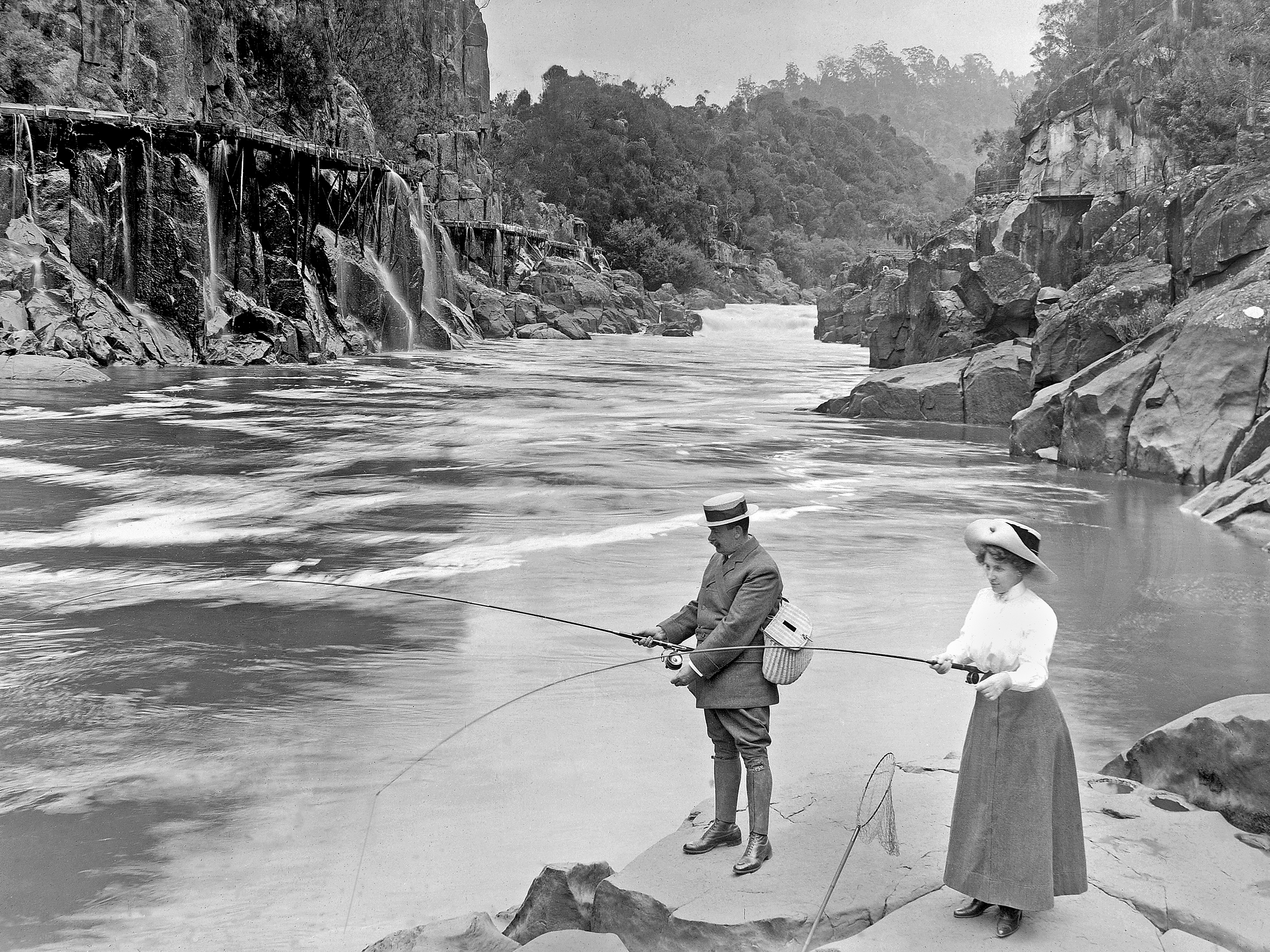History

Launceston was proclaimed a municipality by an Act of Parliament on 30 October 1852. The proclamation came 47 years after the area then known as Patersonia, had been settled by a British garrison led by Lieutenant Colonel William Paterson.
- Seven Aldermen were elected to the Launceston Town Council in January 1853, at the first Local Government elections held in Van Diemen's Land. Aldermen elected the first Mayor, Alderman William Stammers Button, later that day at the first meeting of the Town Council.
- Mayoral portraits of Alderman Button and every Mayor since are displayed in the formal foyer of the Launceston Town Hall. The number of Aldermen has changed during intervening years, from seven to nine to twelve.
- Launceston was incorporated as a town on 20 October 1858.
- During the late 1850s, drainage works were carried out in Launceston, the start of Australia's first underground sewerage system.
- By 1861 Launceston's population had grown to more than 10,000 people and in 1864 the Town Council began building new headquarters, the present Town Hall.
- The town was declared a city by an Act of State Parliament in October 1888. The Act, known as the Launceston Corporation Act, was effective from 1 January 1889.
- On 8 May 1985, the councils of Launceston City, St Leonards and Lilydale were amalgamated to form the new Launceston City Council. After this amalgamation a number of rural areas were included in the city's Local Government boundary. The most recent boundary changes were in 1992 when parts of Prospect and Relbia were included within the city's boundary.
- 71,906 residents now live in Launceston.
View the Launceston's heritage page for more information.